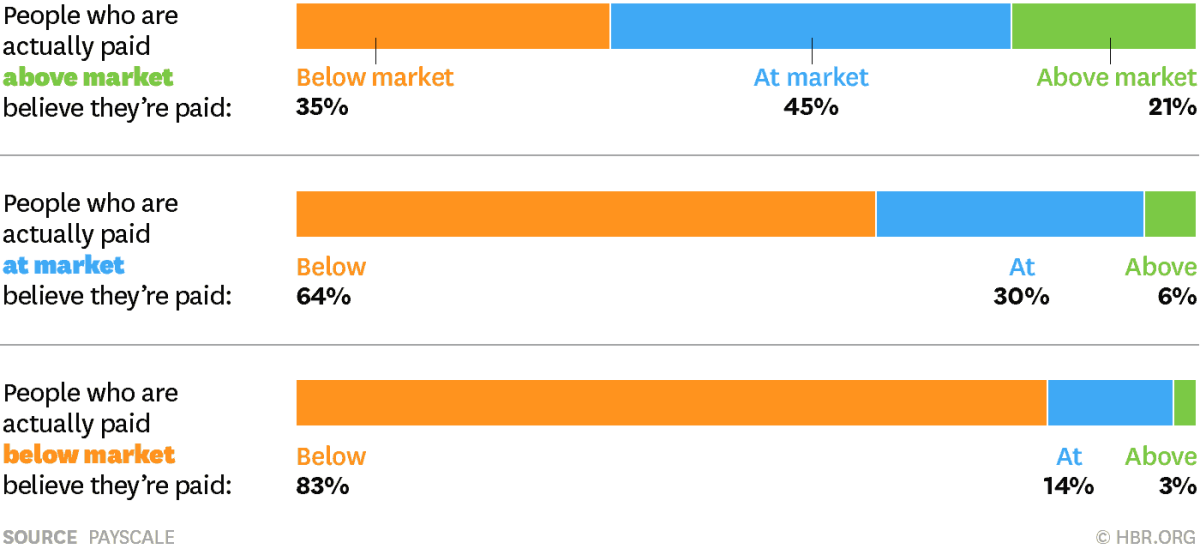Every employer across the country is feeling the impact of COVID-19 in its own unique way. But for HR professionals at truck fleets and logistics companies, they all have one challenge in common: making sure workers and especially truck drivers feel safe and secure in their jobs.
Trucking HR recently surveyed carriers, 3PLs, and freight brokers about the measures they have taken since the pandemic came to Canada and what they plan to do in the next three to six months. Let?s take a look:
Layoffs
Seventy-six percent of the employers we surveyed said they have laid off workers due to COVID-19, with 83% of those layoffs categorized as temporary. Layoffs of truck drivers were more prevalent in the short-haul segment and among employed drivers than contractors or owner-operators.
Dispatchers and mechanics were also affected, with 10% of employees laid off in each occupation.
Notably, employers that have already laid off workers said they are more likely to continue doing so over the next three to six months.
Employee-initiated departures
According to our survey, the most common reasons for leaves of absence and other types of employee-initiated departures were self-quarantine; the employee or a member of the household is at a high risk of contracting COVID-19; and family caregiving. Each reason was evenly cited among employers.
The combination of layoffs and employee-initiated departures reduced total truck driver employment across our sample by 11.4%.
Of particular concern to HR professionals is whether these employees have left temporarily or if we have lost them for good.
Reduced compensation
Not surprisingly, many employers have cut worker pay due to declining revenue. Roughly one in four employers in our survey have frozen salaries or wages for truck drivers. This measure was more common among companies transporting non-essential goods (31%) than those transporting essential items (15%).
Pay increases have been rare?13% of survey respondents said they are paying workers a premium due to COVID-19. Others are offering non-monetary rewards including flextime, child-care, and time off.
Another 15% of employers said they have provided truck drivers with monetary rewards such as gift cards.
Improving the image
The million-dollar question for our industry is this: has COVID-19 changed the stigma around working in the trucking and logistics sector?
The views are mixed.
On one hand, employers are divided about whether COVID-19 has made the job of truck driving more or less appealing.
While 35% of employers expect truck driving to be more attractive to prospective employees relative to pre-COVID, 23% believe the job will be less attractive, citing the attention brought to dismal working conditions and wages.
On the other hand, 29% of employers believe that COVID-19 has made trucking and logistics somewhat or much more attractive to other types of prospective employees (excluding truck drivers). This compares to only 4% who believe the attractiveness of the sector has declined for these potential employees.
Challenges ahead
It is interesting to compare these finding to another Trucking HR Canada study done in partnership with Abacus data where 54% of Canadians overall had a positive impression of trucking companies.
The Abacus study also showed that 85% of Canadians think a strong trucking sector is necessary for the economy to be healthy.
Yet barriers remain.
Despite the recognition brought to truck drivers for their essential role in keeping supply chains moving, people are still not rushing to join the industry. Just 35% of Canadians between the ages of 18 and 35 said they would consider a job in trucking and logistics.
And when we look at the huge government relief programs available, namely the Canadian emergency wage subsidy (CEWS), our survey of employers showed that among employers that have not applied for CEWS, the vast majority (85%) have not experienced the eligible revenue reduction to qualify for the subsidy.
At a time when trucking and logistics companies are working hard to survive, they are also essential to the survival of their customers. We cannot lose sight of the fact that our industry needs a level playing field when it comes to accessing government programs and initiatives for employees.
We have seen what supply chains look like when Canada is in the middle of a health crisis. We need a financially strong and resilient transportation industry so HR professionals can keep their truck drivers safe and prepared for the challenges ahead.
